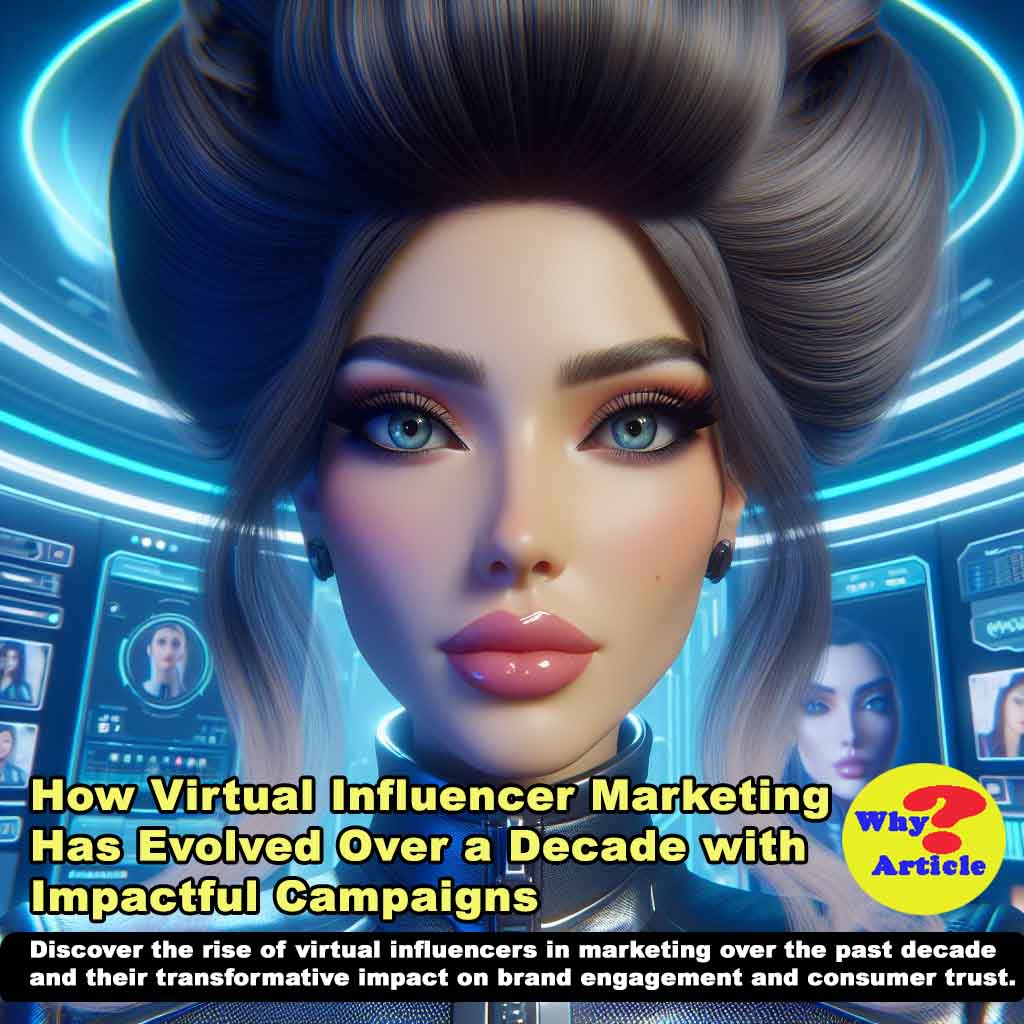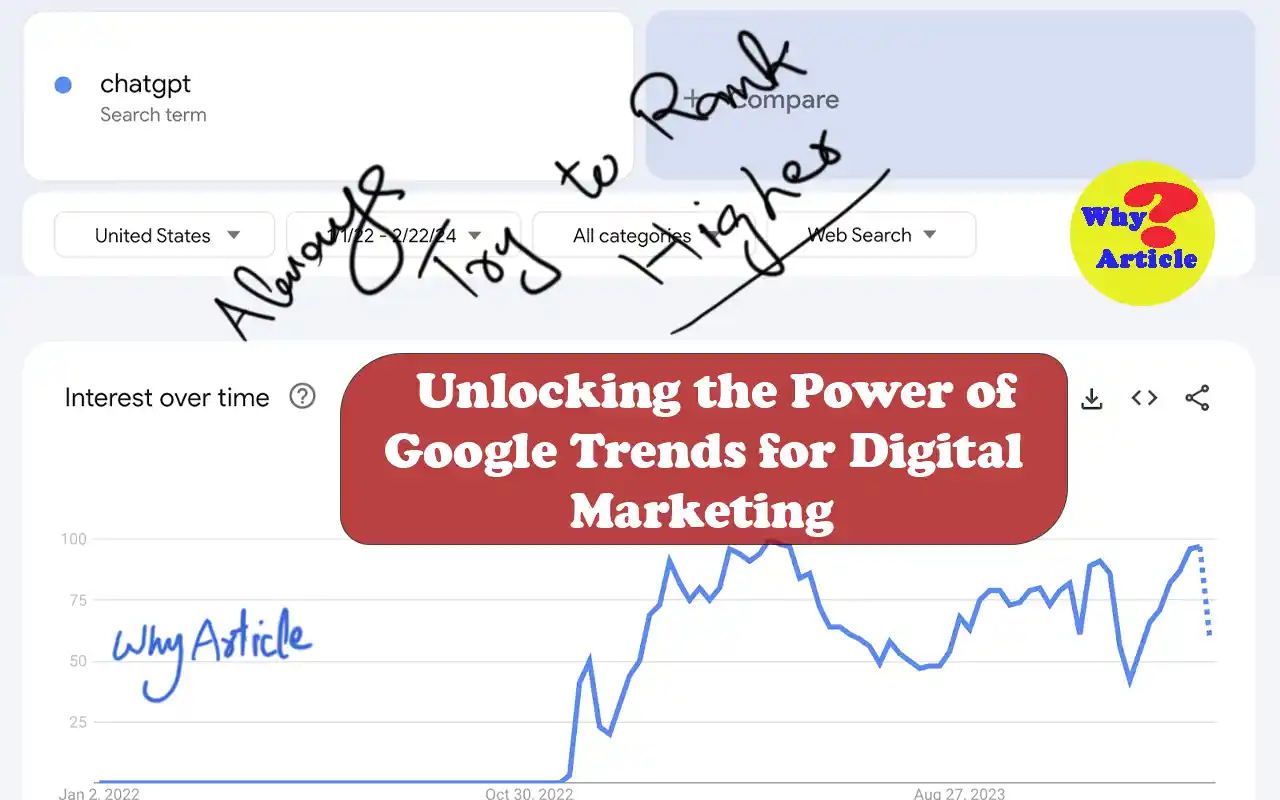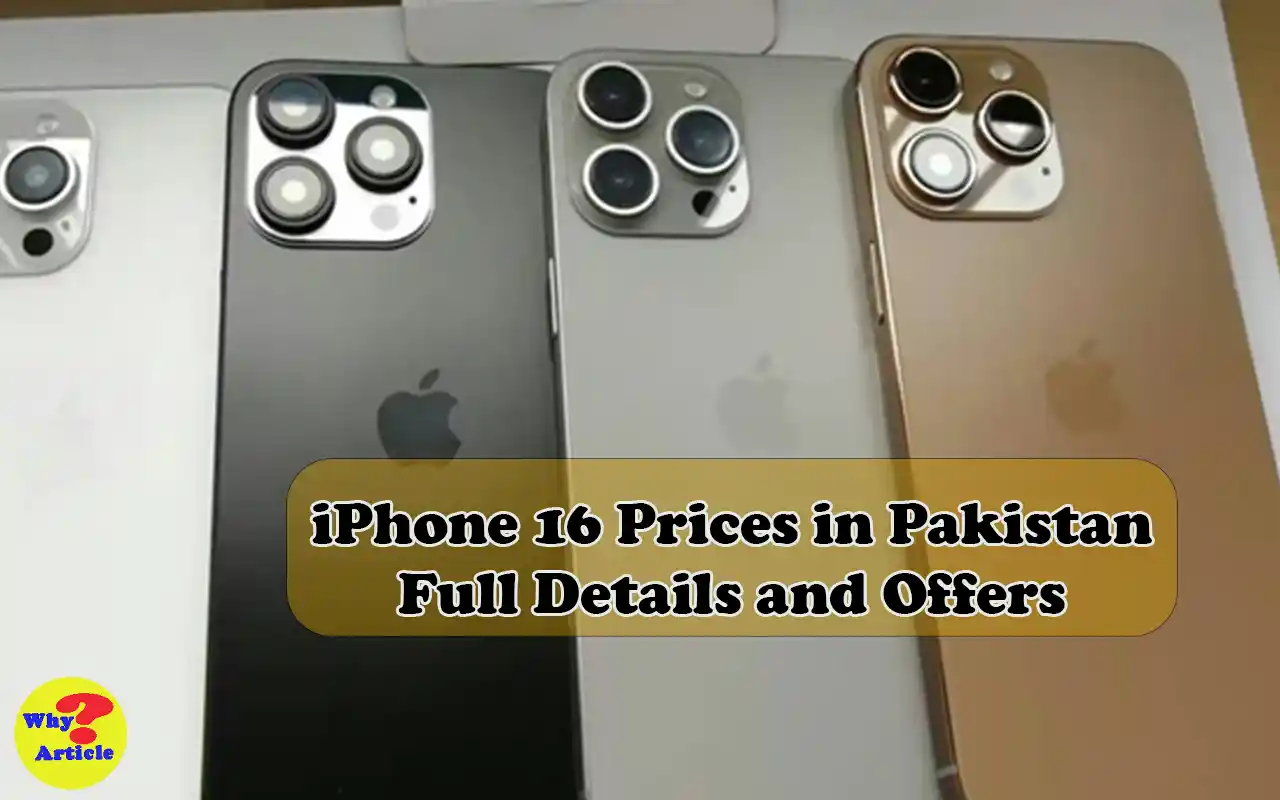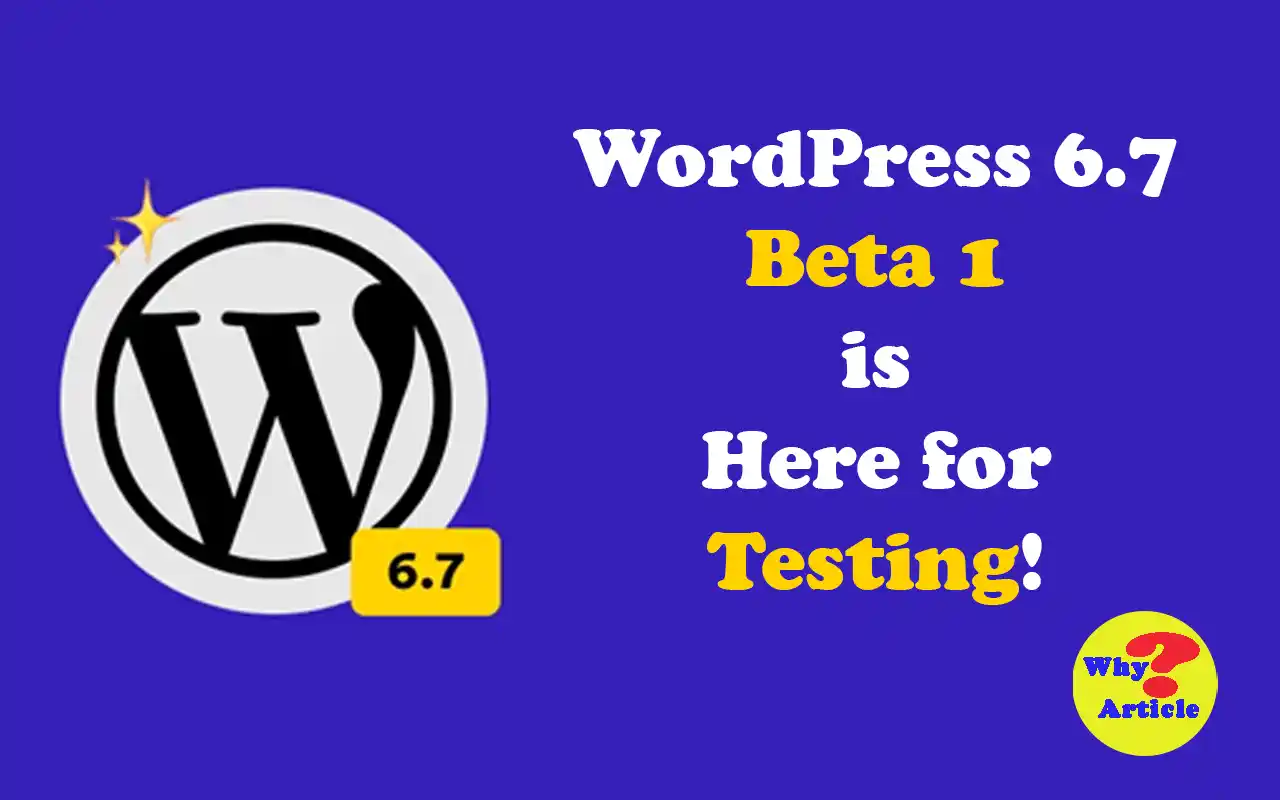Welcome to our another in-depth article on virtual influencers and their impact on marketing in the last ten years.
We’ll explore how these digital personalities have gone from being unique and unknown to becoming a powerful force in the marketing world.
Together, we’ll uncover the strategies and tactics that have made virtual influencer campaigns so successful and how they have changed the way we market products and services online.
The Emergence and Rise of Virtual Influencers
Virtual influencers are basically fictional characters created by computers. They look and act like real people, but they’re actually generated by software.
These virtual influencers have become a big deal in the marketing world. They first started to gain popularity in the early 2000s with a character called Hatsune Miku.
Hatsune Miku was a holographic singer who performed at concerts and gained a huge following. This marked the beginning of the rise of virtual influencers.
Since then, these digital characters have become a big part of advertising and branding. They have changed the way companies engage with their customers and promote their products.
Virtual influencers are now the new ambassadors for brands, and they have reshaped the influencer marketing landscape.
Evolution from Niche Novelty to Mainstream Marketing Tool
Virtual influencers started out as something new and different that only a few people knew about. But now, they’ve become a popular marketing tool that everyone knows about.
This happened because technology got better and social media became more popular. These digital personalities can now reach a lot of people and work with brands.
They’ve become really important and have a lot of fans. They’ve changed how companies advertise and promote their products.
Case Studies: Lil Miquela and Hatsune Miku
Let’s talk about two popular virtual influencers, Lil Miquela and Hatsune Miku. They have had a big impact and have been very successful.
Lil Miquela is a virtual influencer created with artificial intelligence. She looks real and creates interesting content about fashion and beauty. She has worked with big brands and even released her own music. Lil Miquela has made a big impact in the world of virtual influencers.
Hatsune Miku is a virtual influencer who started it all. She has a captivating personality and has had sold-out concerts all over the world. She has inspired many people and continues to be a popular virtual influencer.
Strategic Decisions: To Build or To Partner?
Brands using virtual influencers have to decide whether to create their own or work with existing ones.
Creating their own virtual influencer gives them control over their brand image and messaging, allowing them to customize and be flexible.
On the other hand, partnering with existing AI-driven influencers gives access to their established fan base, helping to increase brand awareness and reach a wider audience.
The Psychological Impact on Consumer Engagement
When it comes to virtual marketing, the way consumers engage with it is influenced by how real and trustworthy it seems.
Just like human influencers, virtual influencers need to come across as authentic in order to gain the trust of consumers. This means they have to be consistent, transparent, and align with the values of their audience.
By doing this, they can create meaningful engagement with consumers and build loyalty for the brand they are promoting.
Understanding Social Media Analytics Data
Social media analytics data helps brands understand how people behave on social media and what they like. This helps brands improve their advertising campaigns with virtual influencers.
By looking at numbers like how many people see and interact with their posts, and even analyzing how people feel about those posts, brands can make smarter decisions to get more people interested and engaged.
The information gathered from social media analytics helps brands make better choices and have more successful partnerships with virtual influencers.
Virtual vs. Human: Determining the Influencer Effectiveness
When it comes to deciding which influencers are more effective, it really depends on what you want to achieve and who you are trying to reach.
Virtual influencers, like computer-generated characters, have their benefits. They give you more control over your brand’s image and can do things that humans can’t, thanks to technology.
But some people might not find them as relatable or trustworthy because, well, they’re not real people.
On the other hand, human influencers have that genuine authenticity that comes from being real people. They can create a stronger emotional connection with their followers and build trust.
However, they may not always be as easy to control or have access to the same high-tech capabilities.
So, when making a decision on which type of influencer to work with, think about your goals, the people you want to reach, and the kind of engagement you’re looking for.
Innovative Campaigns and Marketing Dynamics
Brands are doing really cool stuff with virtual influencers! They’re super creative and can do all kinds of things to grab people’s attention.
For example, Gucci and Lil Miquela teamed up for an awesome collaboration that got everyone talking. They create these immersive experiences that pull you in and make you feel connected to the brand.
Virtual influencers have become a big deal in the world of digital marketing. They’re changing the game and giving brands new ways to engage with their customers and tell their stories.
Conclusion
In simpler terms, virtual influencers have had a big impact on marketing in the past decade. They started off as something new and different, but now they’re essential for brands to connect with customers.
They’ve changed how brands engage with people and how people choose what to buy. In the future, virtual influencers will become even more important as technology improves and people’s preferences change.
Brands need to keep up with these changes and find ways to use virtual influencers effectively so they can keep doing well in the world of influencer marketing.
Frequently Asked Questions
Virtual influencers are computer-generated personas with human-like appearances and personalities, designed to engage with online audiences through social media platforms.
Virtual influencers have transitioned from niche novelties to mainstream marketing tools, gaining popularity and influence across social media platforms.
Two prominent virtual influencers are Lil Miquela and Hatsune Miku, who have garnered massive followings and collaborated with renowned brands.
In-house virtual ambassadors offer brands complete control over brand image and messaging, allowing for maximum customization and alignment with marketing objectives.
Collaborating with pre-existing AI-driven influencers provides access to established fan bases and accelerates brand awareness, offering advantages in reach and engagement.
Brands can measure campaign success through metrics such as engagement rates, reach, conversions, and return on investment (ROI), leveraging social media analytics data.
Virtual influencers influence consumer engagement by conveying authenticity and credibility, establishing trust with audiences through consistent messaging and transparency.
Virtual influencers offer advantages in brand control and technological capabilities, while human influencers excel in authenticity and genuine connections, catering to different audience preferences.
Innovative virtual influencer campaigns, such as collaborations between brands and virtual avatars like Gucci and Lil Miquela, showcase immersive experiences that captivate audiences and drive brand affinity.
The future of influencer marketing will see continued growth and innovation, with virtual influencers playing a crucial role in engaging audiences and driving brand success.







